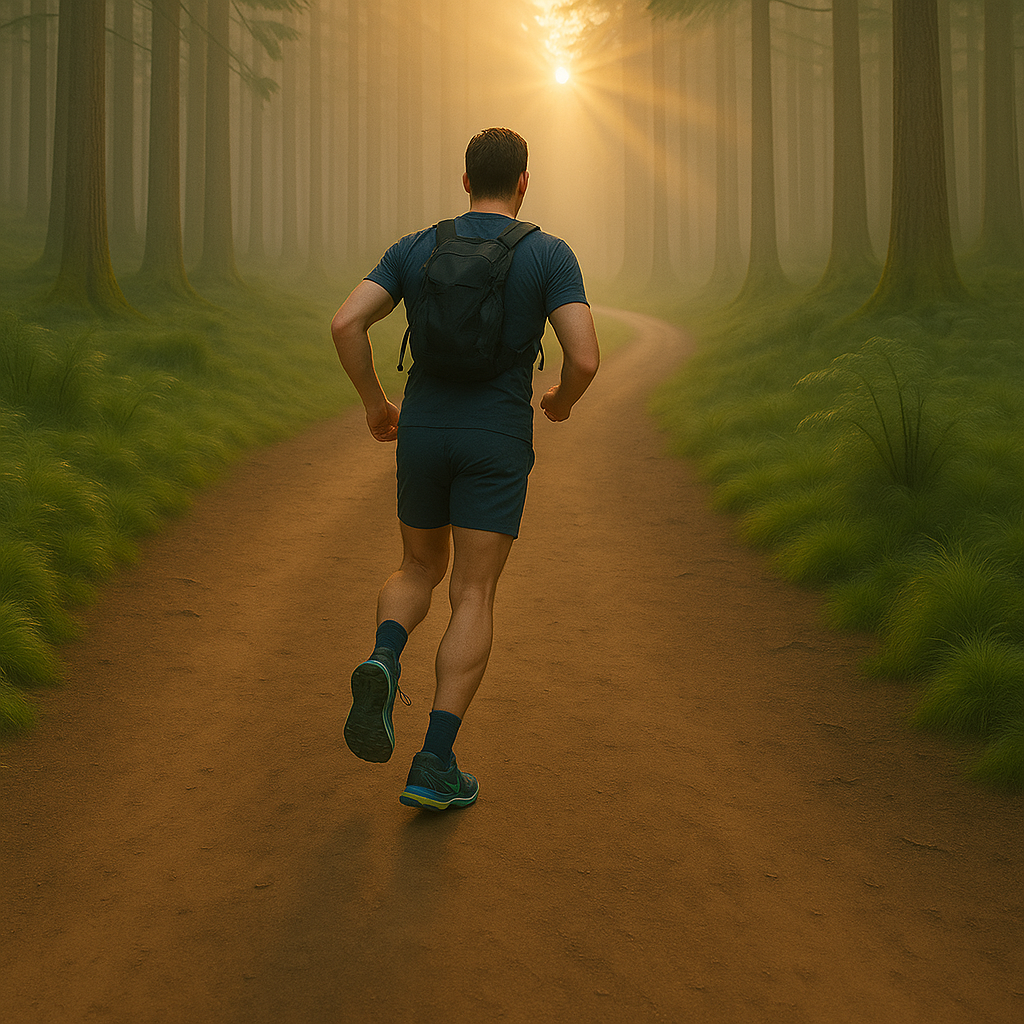
How do I overcome fear of running alone on trails?
Understanding the Fear of Running Alone
Running alone on trails can be a peaceful, meditative experience—but for many, it also brings up fear. Whether it’s fear of getting lost, encountering wildlife, or facing an emergency without help, these concerns are valid. Acknowledging your fear is the first step toward overcoming it. You’re not alone in feeling this way, and with the right mindset and preparation, you can build confidence and enjoy the solitude of the trail.
Why am I scared to run alone on trails?
Fear often stems from uncertainty. When you’re on a trail by yourself, you’re away from the safety net of civilization. Common fears include:
- Getting lost in unfamiliar terrain
- Injury without immediate help
- Wild animal encounters
- Stranger danger or criminal activity
- Feeling isolated or anxious
These fears are natural, but they can be managed with preparation and awareness.
Is It Safe to Run Alone on Trails?
Yes, running alone on trails can be safe if you take the right precautions. Many solo runners enjoy years of safe, incident-free trail running. The key is to be proactive about your safety and to trust your instincts. Choose well-maintained and popular trails, especially when starting out. Avoid remote areas until you feel more confident and experienced.
Mental Strategies to Overcome Fear
Overcoming fear isn’t just about physical preparation—it’s also about mindset. Here are some mental strategies to help you feel more secure:
- Visualization: Picture yourself running confidently and safely. Visualizing success can reduce anxiety.
- Positive self-talk: Replace fearful thoughts with affirmations like, ‘I am prepared and capable.’
- Mindfulness: Focus on your breathing and surroundings instead of your fears.
- Gradual exposure: Start with short solo runs on familiar trails and slowly increase distance and remoteness.
Essential Gear for Confidence and Safety
Having the right gear can dramatically increase your confidence when running alone. Consider investing in:
- GPS watch or smartphone with trail maps: Helps you stay on course and track your location.
- Personal safety alarm: Emits a loud noise to deter threats or attract attention.
- Whistle: Lightweight and effective for signaling in emergencies.
- Headlamp: Essential for early morning or evening runs.
- Hydration pack: Keeps you fueled and hydrated without needing to stop.
- Trail running shoes: Provide grip and stability on uneven terrain.
Always carry identification and let someone know your route and expected return time.
How to Plan a Safe Solo Trail Run
Planning is your best defense against fear. Here’s how to prepare:
- Choose the right trail: Start with well-marked, popular trails. Use apps like AllTrails or Gaia GPS to research routes.
- Check the weather: Avoid running in extreme conditions or when storms are forecasted.
- Tell someone: Share your route, start time, and estimated return with a friend or family member.
- Time it right: Run during daylight hours and allow enough time to finish before dark.
- Pack essentials: Bring water, snacks, ID, phone, and safety gear.
Building Confidence Through Gradual Exposure
Confidence grows with experience. If you’re new to solo trail running, take it step by step:
- Start small: Run short loops or out-and-back routes close to home.
- Run during peak hours: Choose times when others are likely to be on the trail.
- Repeat familiar trails: Familiarity reduces anxiety and builds trust in your abilities.
- Track your progress: Keep a journal of your runs and how you felt. Celebrate small wins.
Each successful run will chip away at your fear and replace it with confidence.
Community and Tech Support for Solo Runners
You’re never truly alone when you use the right tools and tap into the running community:
- Join local trail running groups: Connect with others who can share advice and support.
- Use safety apps: Apps like Road ID, Strava Beacon, or Garmin LiveTrack let others follow your run in real-time.
- Listen to your gut: If something feels off, trust your instincts and turn back or change your route.
- Carry a tracking device: Some GPS devices offer emergency SOS features even without cell service.
Technology and community can provide a safety net that makes solo running feel less intimidating.
Final Thoughts: Embrace the Trail
Running alone on trails is a powerful way to connect with nature, build mental resilience, and enjoy solitude. Fear is a natural response, but it doesn’t have to stop you. With preparation, the right gear, and a confident mindset, you can transform fear into freedom. Remember, every runner starts somewhere—take your first step with courage, and the trail will meet you with peace.
#TrailRunningTips #SoloRunningConfidence #OutdoorFitness #RunningSafety #MindfulRunning



